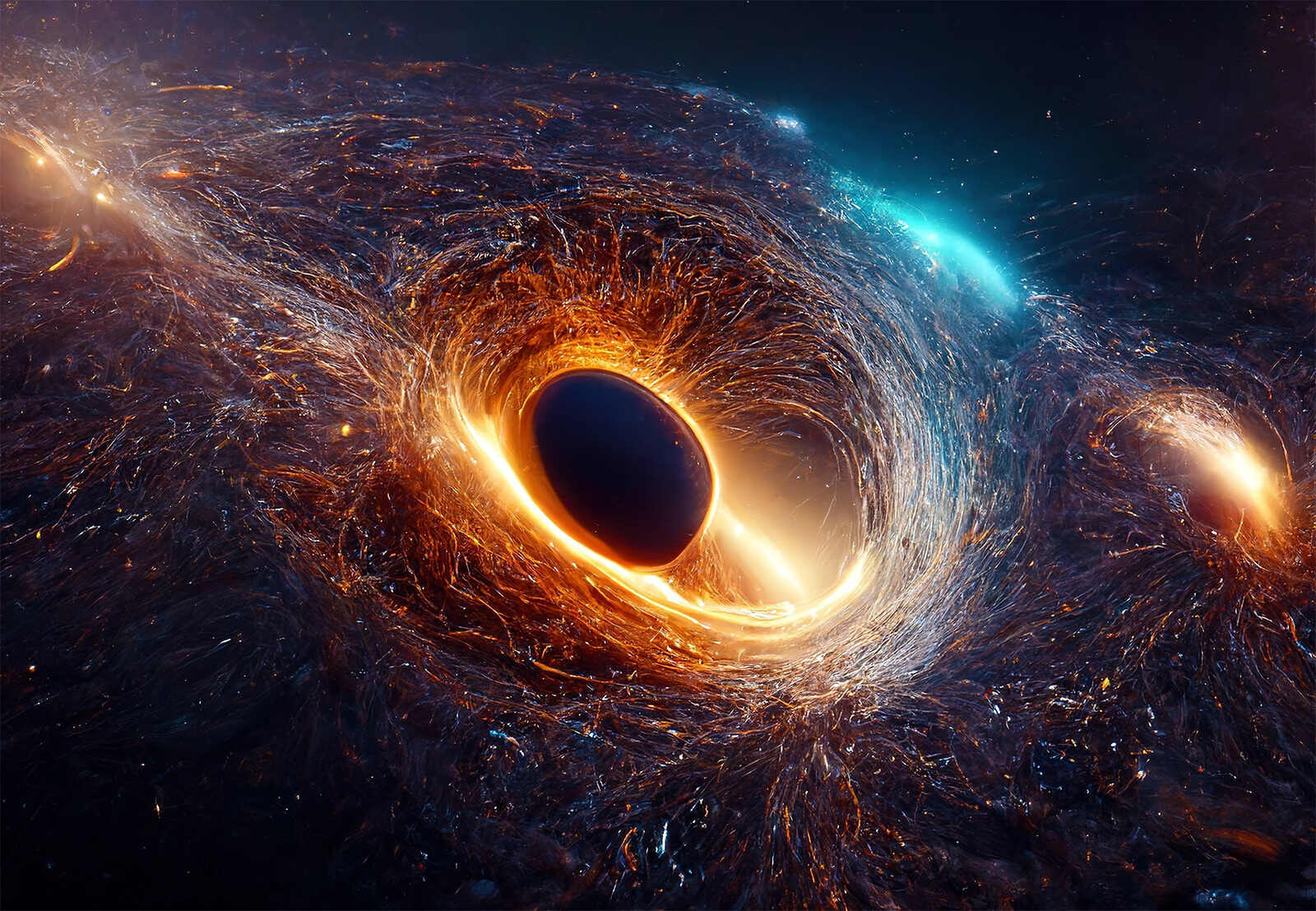
Galactic nuclei are the bustling hearts of galaxies, where stars, gas, and dust swirl around supermassive black holes. Ever wondered what makes these cosmic centers so intriguing? Galactic nuclei are not just random collections of celestial bodies; they play a crucial role in the evolution and behavior of their host galaxies. From the mysterious quasars that outshine entire galaxies to the dense star clusters that defy our understanding of gravity, these regions are packed with fascinating phenomena. Whether you're a budding astronomer or just curious about the universe, these 25 facts will shed light on the wonders of galactic nuclei. Buckle up for a cosmic journey through the most enigmatic parts of the universe!
Key Takeaways:
- Galactic nuclei are the central regions of galaxies, home to supermassive black holes and dense star clusters. They influence galaxy evolution and can emit powerful jets of particles and radiation, shaping the entire galaxy.
- Active Galactic Nuclei (AGN) are among the most energetic phenomena in the universe, powered by supermassive black holes. They can outshine their host galaxies and be detected across the electromagnetic spectrum.
What are Galactic Nuclei?
Galactic nuclei are the central regions of galaxies, often housing supermassive black holes and dense star clusters. These areas are fascinating due to their extreme conditions and significant influence on galaxy evolution.
- The Milky Way's nucleus contains a supermassive black hole named Sagittarius A*.
- Supermassive black holes in galactic nuclei can have masses millions to billions of times that of the Sun.
- Galactic nuclei are often surrounded by dense clusters of stars, gas, and dust.
- The activity in galactic nuclei can affect the entire galaxy, influencing star formation rates.
- Some galactic nuclei emit powerful jets of particles and radiation, known as active galactic nuclei (AGN).
Active Galactic Nuclei (AGN)
Active galactic nuclei are among the most energetic phenomena in the universe. They are powered by accretion of material onto supermassive black holes.
- AGN can outshine their entire host galaxies.
- Quasars are a type of AGN, known for their extreme brightness and distance from Earth.
- Seyfert galaxies have nuclei that produce significant radiation, making them a type of AGN.
- Blazars are AGN with jets pointing directly toward Earth, causing them to appear exceptionally bright.
- AGN can be detected across the electromagnetic spectrum, from radio waves to gamma rays.
The Role of Supermassive Black Holes
Supermassive black holes are crucial to understanding galactic nuclei. Their immense gravity shapes the behavior of surrounding matter.
- Every large galaxy is believed to have a supermassive black hole at its center.
- The mass of a supermassive black hole correlates with the mass of the galaxy's bulge.
- Supermassive black holes grow by accreting gas, dust, and even stars.
- The event horizon of a supermassive black hole marks the point of no return for infalling matter.
- The gravitational influence of supermassive black holes can extend far beyond the galactic nucleus.
Star Formation in Galactic Nuclei
Star formation in galactic nuclei can be intense due to the high density of gas and dust. This process is key to understanding galaxy evolution.
- Starburst galaxies have nuclei with exceptionally high rates of star formation.
- The dense environment of galactic nuclei can lead to the formation of massive star clusters.
- Supernovae in galactic nuclei can trigger further star formation by compressing nearby gas.
- The radiation from young, massive stars can influence the surrounding interstellar medium.
- Star formation in galactic nuclei can be episodic, with periods of intense activity followed by quiescence.
Observing Galactic Nuclei
Observing galactic nuclei requires advanced telescopes and techniques due to their distance and the dense material surrounding them.
- The Hubble Space Telescope has provided detailed images of galactic nuclei.
- Radio telescopes can penetrate dust clouds, revealing hidden features of galactic nuclei.
- Infrared observations are crucial for studying the dust-enshrouded regions of galactic nuclei.
- X-ray telescopes can detect the high-energy emissions from AGN and supermassive black holes.
- Future observatories, like the James Webb Space Telescope, will further our understanding of galactic nuclei.
The Final Frontier
Galactic nuclei are fascinating cosmic powerhouses. From supermassive black holes to starburst regions, these centers of galaxies hold secrets about the universe's formation and evolution. They emit intense radiation, influencing their surroundings and even entire galaxies. Observing them helps astronomers understand cosmic phenomena like quasars and active galactic nuclei (AGN).
Studying these regions isn't just about peering into the past; it's also about predicting future cosmic events. With advancements in telescope technology and space exploration, our knowledge of galactic nuclei continues to expand. Each discovery brings us closer to answering fundamental questions about the universe.
So next time you gaze at the night sky, remember the incredible activity happening at the heart of galaxies. Galactic nuclei are not just distant points of light; they're dynamic, powerful, and essential to our understanding of the cosmos.
Frequently Asked Questions
Was this page helpful?
Our commitment to delivering trustworthy and engaging content is at the heart of what we do. Each fact on our site is contributed by real users like you, bringing a wealth of diverse insights and information. To ensure the highest standards of accuracy and reliability, our dedicated editors meticulously review each submission. This process guarantees that the facts we share are not only fascinating but also credible. Trust in our commitment to quality and authenticity as you explore and learn with us.
